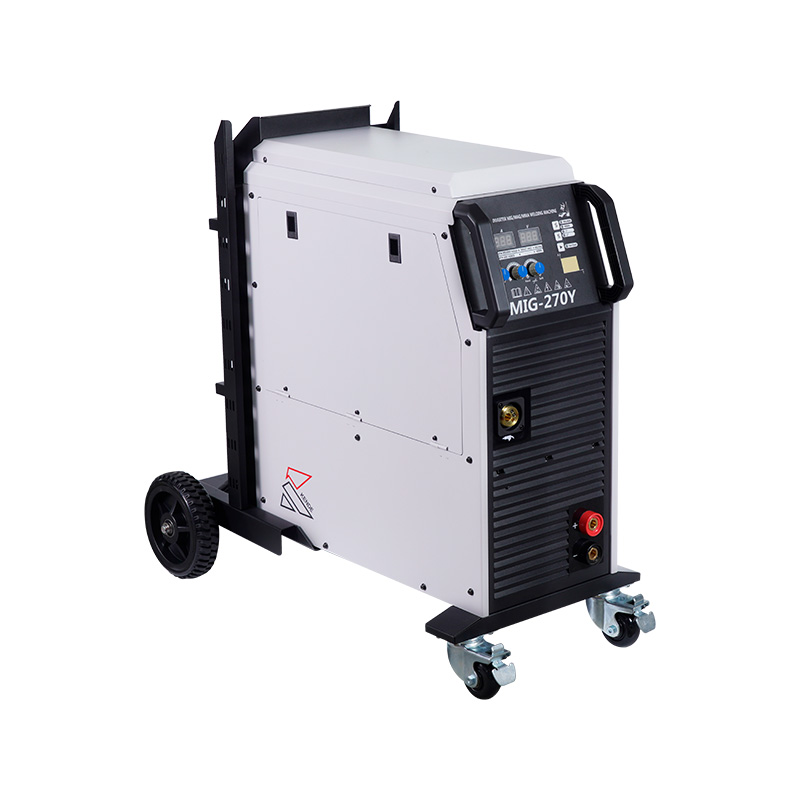Email: [email protected]
 2025.11.25
2025.11.25
 Industry News
Industry News

Inverter plasma cutters have become popular tools for metal fabrication, repair work, and DIY projects due to their portability, efficiency, and precision. Understanding the types of metals that an inverter plasma cutter can cut is essential for both professionals and hobbyists. This knowledge ensures the tool is used safely and effectively, producing clean cuts without damaging the material or the equipment.
Mild Steel
Mild steel is one of the commonly cut metals with an inverter plasma cutter. Its relatively low carbon content and moderate thickness make it ideal for plasma cutting. Inverter plasma cutters can easily slice through sheets and plates of mild steel, producing smooth edges that require minimal finishing. This metal is widely used in construction, automotive, and general fabrication projects, making the plasma cutter a versatile tool in workshops and job sites.
Stainless Steel
Stainless steel, known for its corrosion resistance, can also be cut using an inverter plasma cutter. While it is harder than mild steel, the plasma cutter's high-temperature arc can handle thin to moderately thick stainless steel sheets efficiently. It is important to adjust the cutting speed and amperage to avoid excessive heat, which can cause warping or discoloration. Stainless steel is commonly used in kitchen equipment, architectural features, and industrial applications, making precise cutting essential for maintaining both functionality and appearance.
Aluminum
Aluminum presents unique challenges due to its high thermal conductivity, but an inverter plasma cutter can cut aluminum sheets and thin plates effectively. Because aluminum dissipates heat quickly, operators need to use higher amperage settings and slightly slower cutting speeds to achieve clean results. Plasma cutting aluminum is often preferred over mechanical methods, as it reduces the risk of deformation and provides smooth edges. Aluminum is frequently used in automotive parts, aerospace components, and outdoor structures, making plasma cutting a valuable technique.
Copper and Brass
Copper and brass can also be cut with an inverter plasma cutter, though they require careful handling. Both metals conduct heat efficiently, which means the plasma arc must be controlled precisely to prevent excessive melting or rough edges. Thin sheets of copper and brass are commonly used in electrical components, decorative items, and plumbing fixtures. Using the correct settings ensures that the metal is cut cleanly without compromising its structural or aesthetic qualities.
Thickness Limitations
While inverter plasma cutters are versatile, they do have thickness limitations. The thickness that can be cut depends on the cutter's amperage and the metal type. Mild steel can often be cut thicker than aluminum or stainless steel with the same machine. For very thick plates, multiple passes or higher-capacity machines may be necessary. Checking the manufacturer's specifications ensures that the inverter plasma cutter is used within its recommended parameters.
An inverter plasma cutter is capable of cutting a variety of metals, including mild steel, stainless steel, aluminum, copper, and brass. By understanding the properties of each metal and adjusting the cutting settings appropriately, users can achieve precise, clean cuts for different applications. Considering the metal type, thickness, and thermal characteristics helps ensure efficient and safe operation. Whether for industrial, professional, or hobbyist use, knowing what metals an inverter plasma cutter can cut allows operators to fully utilize the tool's capabilities.